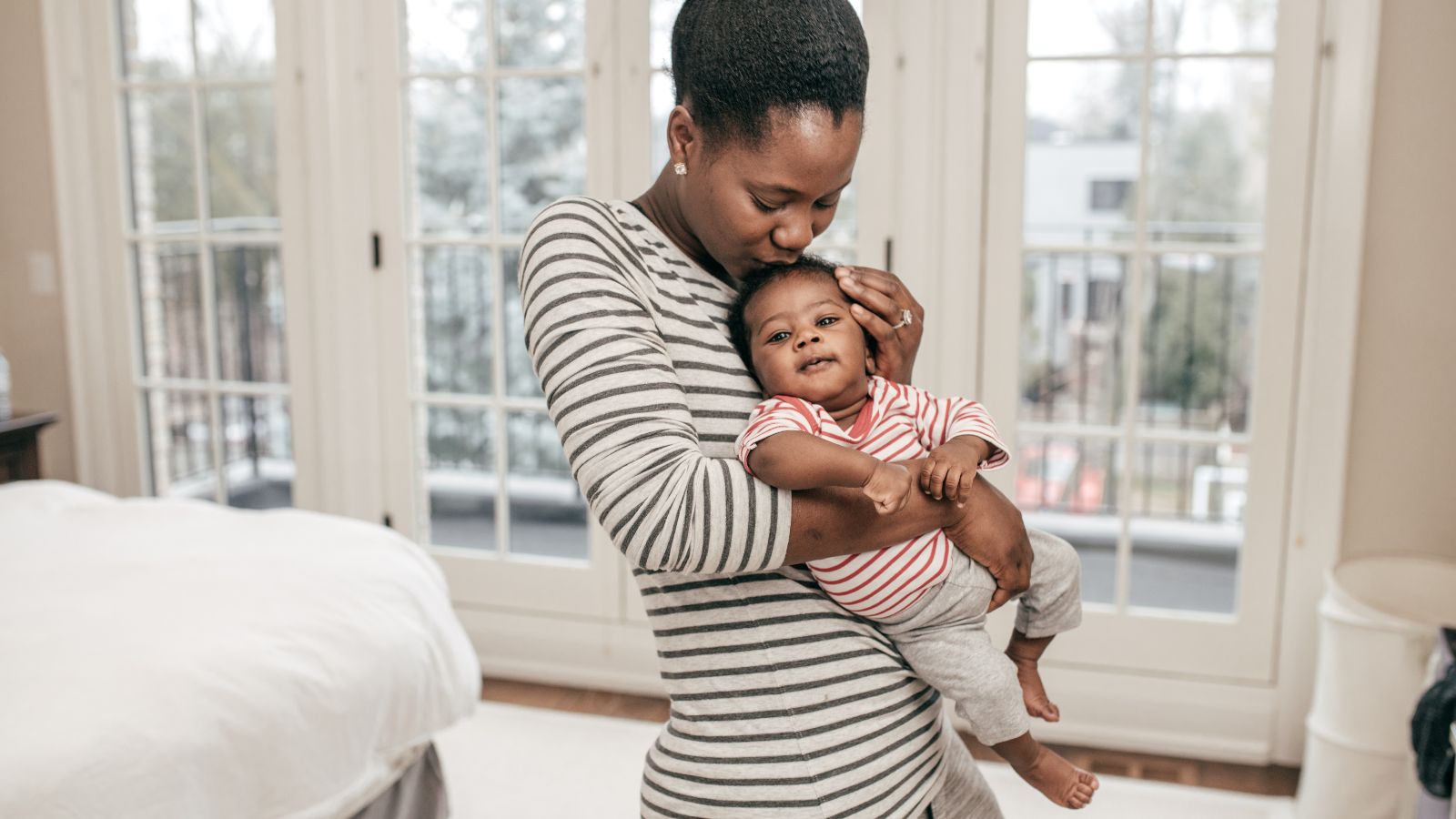What are some postpartum body changes?
After childbirth, new moms experience various physical changes as their bodies adjust to the postpartum period.
Here are some common postpartum body changes:
- Uterine contraction and involution: After giving birth, the uterus undergoes contractions to return to its pre-pregnancy size. This process, known as involution, may cause cramping and discomfort.
- Vaginal discharge (lochia): Following delivery, new moms experience vaginal discharge known as lochia. It consists of blood, mucus, and tissue from the healing uterus. Lochia typically starts as bright red bleeding and gradually changes to a lighter color over a few weeks.
- Breast changes: Breasts undergo changes as they prepare for breastfeeding. They may become larger, swollen, and tender. The areolas may darken, and small bumps known as Montgomery glands may become more prominent.
- Weight loss and body shape changes: new moms may experience weight loss after childbirth, primarily due to the expulsion of the baby, amniotic fluid, and placenta. However, it’s important to note that every woman’s postpartum weight loss journey is different, and it takes time for the body to recover and return to its pre-pregnancy shape.
- Abdominal changes: The abdomen undergoes significant changes after childbirth. The stretched abdominal muscles gradually regain tone, but it may take time for the abdominal area to fully recover. Some new moms may have loose skin or stretch marks.
- Pelvic floor changes: The pelvic floor muscles, which support the bladder, uterus, and bowel, can become weakened or stretched during pregnancy and childbirth. This can lead to issues such as urinary incontinence or pelvic organ prolapse. Performing pelvic floor exercises can help strengthen these muscles.
- Hair and skin changes: Hormonal fluctuations after childbirth can impact the hair and skin. Some new moms may experience hair shedding, while others notice changes in hair texture. Skin changes such as acne, dryness, or hyperpigmentation are also common.
- Joint and ligament changes: During pregnancy, hormones like relaxin loosen the joints and ligaments to accommodate the growing baby. It may take time for these structures to return to their pre-pregnancy state, which can result in temporary joint discomfort or instability.
More Tips
Remember, these postpartum body changes are a normal part of the recovery process. It’s essential to be patient with your body and give it time to heal. If you have concerns or experience severe or persistent symptoms, consult with your healthcare provider for guidance and support.
To learn more about your body after baby, explore this resource from March of Dimes.
PowerMom Connect
The PowerMom platform invites pregnant people to collect and contribute important pregnancy-related health information through app-based surveys and wearable sensors. PowerMom Connect is a new, paid sub-study within the PowerMom platform. It is focused on supporting mothers during the postpartum period.
If you have any questions, the PowerMom team is here to help. You can reach us at powermom@scripps.edu




